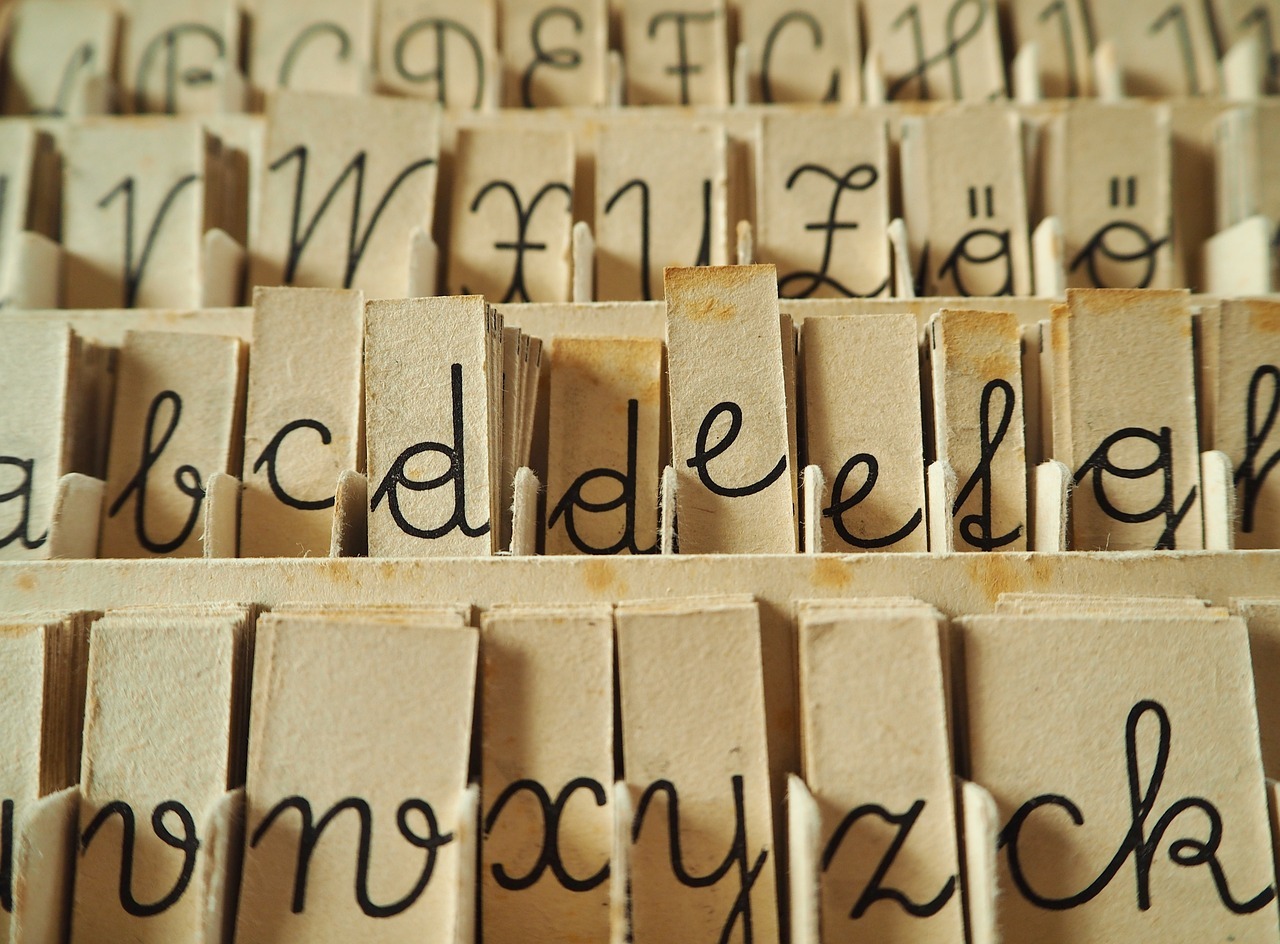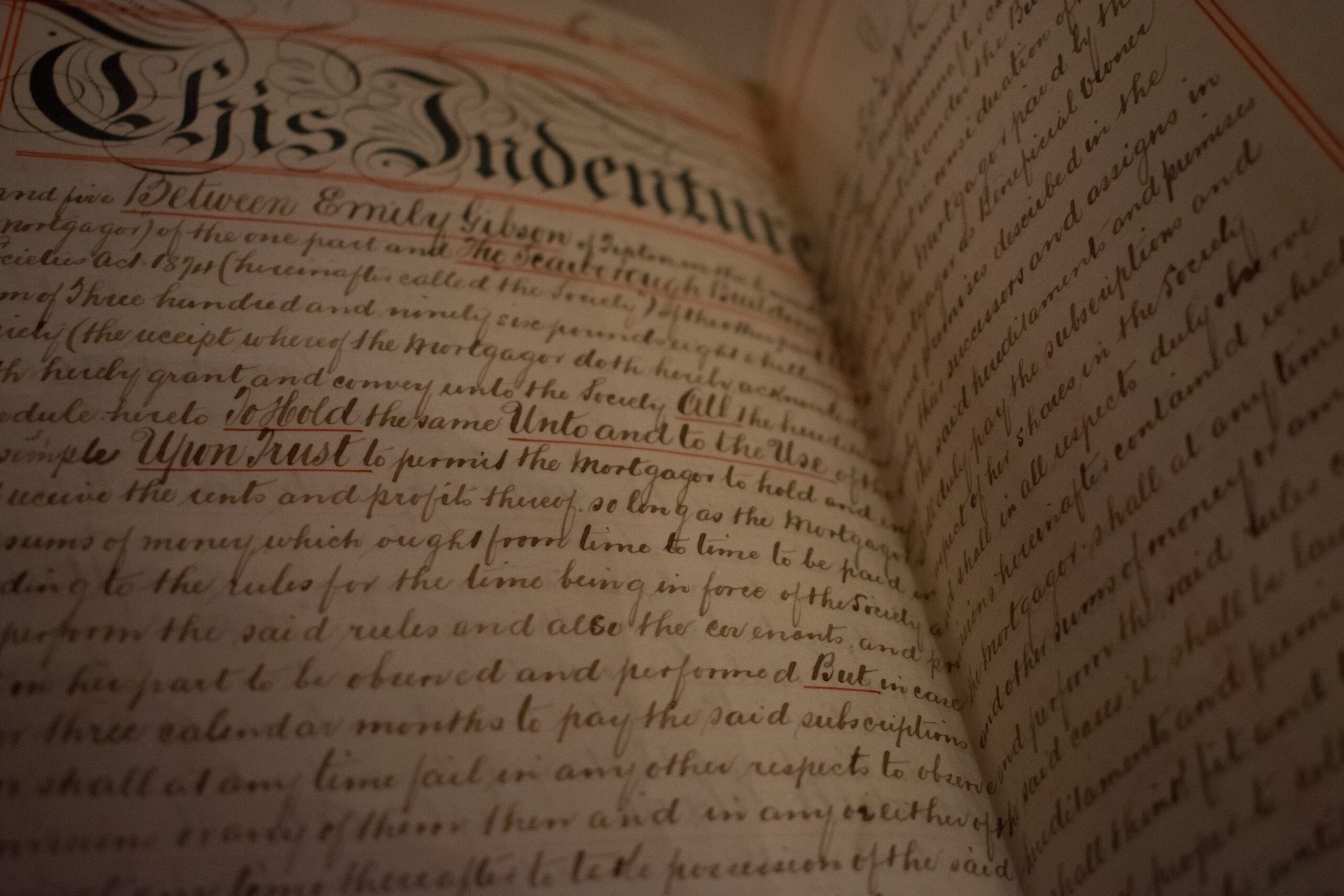The majority of modern languages are written from left to right. But this is by no means the only method. Certain languages are written from right to left. Other languages are not at all horizontal. In the past, there were even writing systems whose direction altered from line to line.
Does this turn your head around? This article will explain why certain languages are written from right to left while others are written from left to right.
Systems of Written Expression
The directionality of a writing system is its orientation. The term sinistrodextral is derived from the Latin words for left (sinister) and right (dexter) and refers to writing systems that move from left to right. Dextrosinistral means right to left in reverse.
There are numerous writing systems, also known as scripts. A large number of people employ an alphabet, which uses symbols (letters) to represent the sounds (phonemes) of a language.
Sumer had one of the earliest writing systems, dating back to around 3500 B.C. It evolved from pictographs, which were picture-like symbols representing objects, into the wedge-shaped cuneiform.
Other languages use what is known as a syllabary, in which each symbol represents a syllable. Numerous Native American languages, including Cree, employ syllabaries. Japanese employs syllabic characters and Chinese-derived characters. The Chinese writing system is partially logographic and phonetic. A logograph, also known as a logogram, is a symbol representing a whole word.
Other languages, such as Hindi, use the Devanagari script, which combines alphabetic and syllabic elements.
The ancient Romans employed the Latin alphabet, which is used in English. Principally, the Latin alphabet is descended from the Greek alphabet, which in turn is descended from the Phoenician alphabet and Egyptian hieroglyphs.
Scripts Written from Left to Right
In Europe, North America, South America, India, and Southeast Asia, the majority of modern languages are written from left to right. These languages are written from left to right as they use the Latin, Modern Greek, Cyrillic, Indic, and Southeast Asian alphabets.
It is unclear why these languages are read and written in this manner, but some prominent theories point to the medium used to represent these words in written form.
After the papermaking industry emerged in China around 100 B.C., languages that developed their scripts adopted a left-to-right orientation because it was more convenient from a motor standpoint. Because the majority of people are right-handed, writing from right to left would cause the ink to discolor.
In the realm of translation, these languages must be handled with care due to the fact that the majority of translation software is not optimized for right-to-left scripts.
Authors and web designers must be familiar with the correct script direction. This is because languages written from right to left necessitate not only translation but also localization to ensure the correct text direction.
All elements of the layout must be mirrored to ensure a natural progression for the intended audience.
In addition to these languages written from right to left, there are numerous variations and permutations to consider.
Languages Using the Right to Left Writing Direction
Right-to-left languages are more prevalent in the Middle East, where people used stone tablets. Right to left made more sense for this method, considering that the majority of people are right-handed (approximately 90 percent of the global population), as they would be holding the tablet with their left hand, obstructing the left side.
The use of ink for a right-handed person necessitated writing from left to right to prevent smudging. Consequently, Hebrew and Arabic-Persian are the most ubiquitous RTL writing systems in modern times. The repertoire of 28 characters used to write the Arabic language was expanded to accommodate the sounds of numerous other languages, such as Kashmiri, Pashto, etc., as usage of the Arabic script increased. While the Hebrew alphabet is used to write Hebrew, it is also used to write Yiddish and Judaeo-Spanish, two other Jewish languages.
Syriac and Mandaean (Mandaic) are RTL scripts that derive from Aramaic. Samaritan is comparable to Aramaic but developed from Proto-Hebrew. Numerous other ancient and historic scripts derived from Aramaic retained its directionality.
Multiple languages employ both Arabic RTL and non-Arabic LTR scripts. For instance, Sindhi is typically written using the Arabic and Devanagari scripts, among others. Kurdish can be written using either the Arabic or Latin alphabets.
Therefore, it is not always possible to categorize some ancient writing systems as solely RTL or LTR.
Why did some languages develop a right-to-left reading style, while the majority developed a left-to-right reading style
Writing is a representation of language, and since communication is linear (one word at a time), so is writing.
Therefore, once you are constrained by linear writing, you must choose a direction. Up to down, left to right, and right to left are all reasonably useful. Down to up is less effective because you cannot see the entire line you’ve already written and you are likely to smudge if using ink. You might anticipate a minor bias for up-to-down and left-to-right if you are right-handed.
Some Mediterranean systems employed boustrophedon, in which the lines alternated from right to left to left to right. It’s an intriguing concept, but for whatever reason, that writing order has completely disappeared. All known writing systems have now selected one of the three viable options (with up to down writing determining whether lines progress from right to left or left to right), and this is what we have.
Latin and Greek, which were both written from left to right, are the ancestors of numerous living languages, particularly in the West. It is not well understood why this is the case, but one prominent theory is that the medium of writing significantly influenced the direction of text. Chinese, Japanese, Korean, etc. are read from top to bottom and right to left because it was natural for academicians to hold the brush in their right hand while unrolling blank scrolls with their left. Similar to how it was natural to wield the chisel in the left hand and the hammer in the right, many older languages were written from right to left. Consequently, many ancient hieroglyphics and the majority of languages whose primary medium was chiseled stone were written from right to left.
The history of Greek (and, by extension, Latin) is particularly fascinating. The initial direction of Early Greek writing was right-to-left, as previously mentioned. However, with the transition from chiseling to writing as the primary medium, a new writing style called boustrophedon emerged. This style involved reversing the direction and even the orientation of each character at the start of every new line. Thus, the new line would begin directly below where the previous one ended. With the introduction of writing, efforts were made to make it as efficient as possible, and boustrophedon writing saved time. However, Boustrophedon was only a transitional stage before left-to-right became the norm. This was more intuitive for those who wrote with their right hand. Given that Latin is derived from Greek and that many modern languages are derived from Latin, left-to-right writing is the predominant paradigm for Western languages.
To summarize
The culture and history of the people who speak a language are the fundamental factors in determining the direction in which that language is written. Those countries with a long history of reading and writing from right to left may find it difficult to read and write English or Spanish, both of which are written from left to right. However, languages like Arabic and Hebrew, which are written from right to left, are often spoken in civilizations with a long history of doing so. Furthermore, some scripts are written both left-to-right and right-to-left, such as Chinese and Japanese.




